About Us
Our Mission
The objective of this club shall be educational; to stimulate the knowledge and love of gardening;
to aid in the protection of native trees plants, birds and other creatures;
and to encourage historic preservation, civic planting and the general knowledge of nature.
Our History
On June 29, 1922, Katharine Houk Talbott gathered a group of her gardening friends to her home “Runnymede” in Dayton to form a garden club. The stated objective of the Garden Club of Dayton was to simulate the knowledge and love of gardening, to aid in the protection of native plants and birds and to encourage civic planting. Written into the club’s constitution at the first meeting was the requirement that members must be gardeners, not “theorists,” who have gardens and, importantly, work in the gardens themselves. The efforts of its members were focused on the promotion of a general appreciation of civic beauty and betterment.
Mrs. Talbott was a prominent citizen and “tour de force,” involved in many areas of the cultural and civic life of Dayton. Right from the start, Mrs. Talbott had the foresight to steer the Garden Club of Dayton through all the necessary horticultural requirements so that the club would then be eligible for affiliation with the Garden Club of America (GCA). She succeeded in this milestone, and in April 1926, the Garden Club of Dayton joined GCA.
Katharine Houk Talbott and Ethel Rike were the first two presidents of the Garden Club of Dayton. They are credited with its early success and wide recognition as one of the most outstanding cultural influences in Dayton. Three other members, Katherine Siebenthaler, Agnes Darrow and Marie Aull, were given special mention for their exceptional contributions and service to the club. These women have long been acknowledged as constituting the very heart of the Garden Club of Dayton.
WHO WE ARE TODAY
Today members of the Garden Club of Dayton continue to dig in the dirt as our founder Katharine Houk Talbott envisioned. In addition, we focus on conservation and environmental issues that affect Dayton and our region including recycling, sustainable planting, local sourcing and the use, or preferably non-use, of pesticides.
We do celebrate our year with our light-hearted "hats and gloves" annual luncheon, regular trips to visit other wonderful gardens and speakers who help us understand how to care for the world around us.
